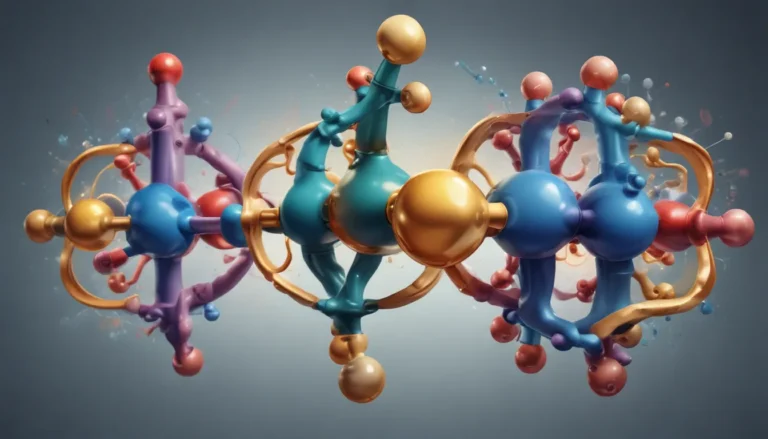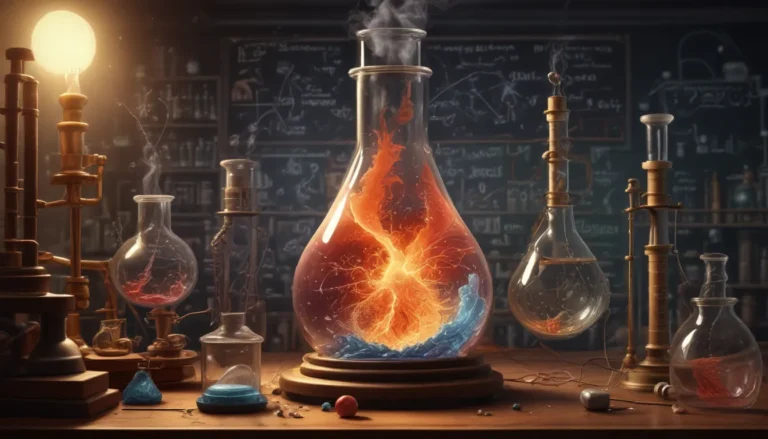A Note About Images: The images used in our articles are for illustration purposes only and may not exactly match the content. They are meant to engage readers, but the text should be relied upon for accurate information.
Are you ready to delve into the fascinating world of superconductivity? Imagine a material that can conduct electricity without any resistance, paving the way for groundbreaking technological advancements and scientific discoveries. In this article, we will uncover 12 unbelievable facts about superconductivity that will leave you in awe. From levitation to high-capacity energy storage, superconductors have the potential to revolutionize various industries and improve our everyday lives. So, fasten your seatbelts as we embark on a journey into the realm of zero resistance and unravel the secrets of superconductivity.
The Magic of Superconductivity
Superconductivity is a mind-boggling phenomenon where certain materials, known as superconductors, can conduct electricity with zero resistance when cooled below a critical temperature. This property eliminates energy losses during electrical transmission, making superconductivity a game-changer in the field of electrical engineering. The ability of superconductors to carry electricity indefinitely without any losses has opened up a world of possibilities for efficient power transmission and energy storage.
The Marvels of Superconductors
-
Zero Electrical Resistance: Superconductors exhibit zero electrical resistance, allowing electric currents to flow through them without any losses or dissipation of energy.
-
Indefinite Conductivity: Once a superconductor reaches its critical temperature, it can conduct electricity virtually forever, making it ideal for long-distance power transmission.
-
Levitation: Superconductors can levitate in the presence of a magnetic field, a phenomenon known as the Meissner effect. This property has led to the development of maglev trains and high-speed transportation systems.
Exploring Superconductivity
-
High-Pressure Superconductivity: While superconductivity is typically associated with low temperatures, certain materials can exhibit superconductivity at high pressures as well.
-
Domain-Specific: Superconductivity is limited to specific elements, alloys, and compounds, depending on their chemical composition and crystal structure.
-
High Current Capacity: Superconductors can carry extremely high electrical currents without any energy loss, making them ideal for power grids and high-performance devices.
Types of Superconductors
-
Type-I Superconductors: Expel all magnetic field from their interior.
-
Type-II Superconductors: Allow the penetration of some magnetic field lines, exhibiting distinct properties suitable for different applications.
Applications of Superconductivity
-
Medical Imaging: Superconductivity plays a crucial role in powering magnetic resonance imaging (MRI) machines, enabling detailed and accurate imaging of tissues and organs.
-
Energy Storage: Superconductors can efficiently store electrical energy, contributing to sustainable and clean energy solutions.
-
Quantum Computing: The properties of superconductors are essential for the development of quantum computers, offering solutions to complex computational problems more efficiently than classical computers.
The Future of Superconductivity
-
Powerful Magnetic Fields: Superconducting magnets can generate highly powerful magnetic fields used in applications like particle accelerators, MRI, and magnetic levitation systems.
-
Advanced Transportation: Superconductivity has the potential to revolutionize transportation systems, as demonstrated by maglev trains that utilize superconducting magnets for high-speed travel and reduced friction.
In conclusion, superconductivity is an awe-inspiring phenomenon that has the potential to transform various industries and improve the quality of life. Understanding the principles of superconductivity and continuing research in this field will lead to more remarkable discoveries and advancements in the future. As we unravel the mysteries of superconductors, we embark on a journey towards a more efficient, sustainable, and technologically advanced future.
FAQs: Unveiling the Secrets of Superconductivity
-
What is superconductivity?
Superconductivity is a phenomenon characterized by the complete absence of electrical resistance in certain materials at very low temperatures, allowing for the efficient flow of electric current without any energy loss. -
How does superconductivity occur?
Superconductivity occurs when electrons in a material form pairs and move through the material without collisions, resulting in the absence of resistance at extremely low temperatures. -
What are the applications of superconductivity?
Superconductivity has diverse applications, including power transmission, MRI, particle accelerators, detectors, quantum computing, and high-speed transportation systems. -
What are high-temperature superconductors?
High-temperature superconductors are materials that exhibit superconductivity at temperatures above -196 degrees Celsius, offering practical advantages over traditional superconductors. -
Are there any challenges in the practical application of superconductors?
Yes, challenges such as the need for low temperatures, high costs, and material brittleness exist in the practical application of superconductors, limiting their widespread adoption.
As we continue to uncover the wonders of superconductivity, let us embrace the endless possibilities and innovations that this remarkable phenomenon has to offer. Join us in the exploration of superconductors, where science meets magic, and the future unfolds before our eyes.






